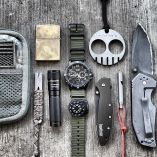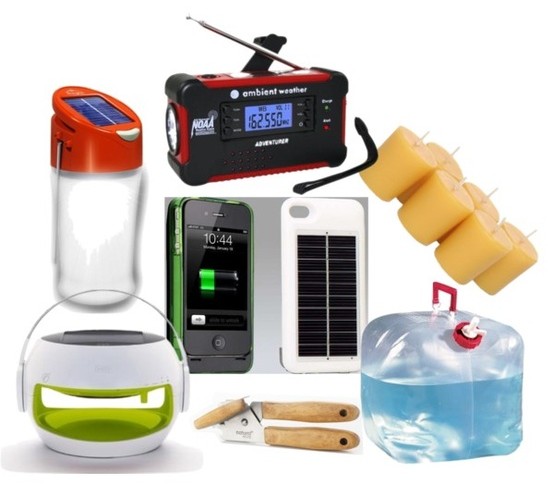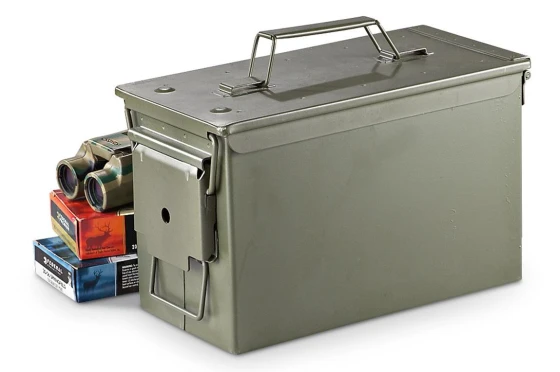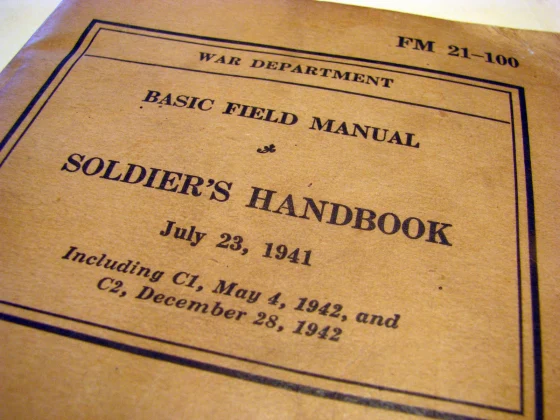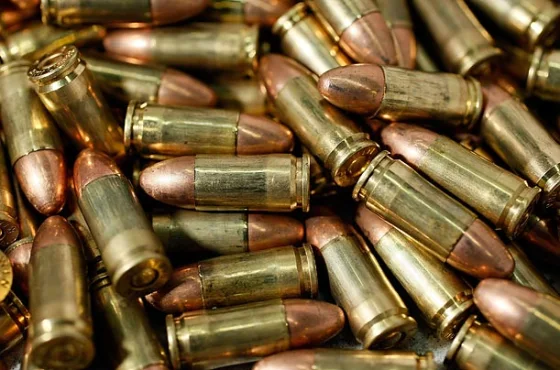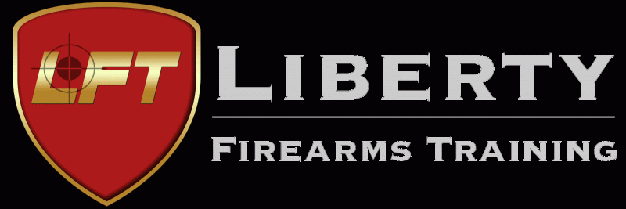.72 Caliber + 438 Grains + 1600 FPS + 3100 Ft Lbs = Kick Ass!
Rifled slugs are 1 ounce to 1 ¼ ounce lead projectiles that are spin stabilized like a bullet. Rifle and handgun bullets are smooth, but they are fired through rifled barrels which adds in-flight spin-stabilization to the projectile to increase accuracy (like when throwing a football). Most shotguns are smoothbore, so to increase accuracy the slugs themselves are rifled so as to spin as they travel down the smooth barrel and on to the target.
The rifled slug enables a smoothbore shotgun to be used as a bullet launcher and allows the shooter to stretch out the effective range and engage targets beyond shot or handgun. The slug can give the shooter impressive penetration through barriers or large mammals where buckshot might not drive deeply enough.
Most smoothbore shotguns with a simple bead sight are capable of shooting a fist size group at 100 yards. At 50-yards it is unremarkable to shoot a group that has the giant holes touching. It is important to note that you will have different accuracy results when using different brands of ammunition. One brand may shoot tight groups from one shotgun, but looser groups in another. Test different brands to find which shoots best from your gun.
Whereas buckshot is only effective out to around 45 yards, rifled slugs increase the combat effectiveness of the shotgun out to as far as 125 yards. Beyond that the groups open up to a point where hit probability falls and the projectile starts to drop rapidly.
Inside 125 yards the slug flies an almost perfect match of the .357 Magnum or .44 Magnum pistol trajectory, both of which are considered flat-shooting, long-range handgun rounds. Zeroing the shotgun about an inch and a half high at 50 yards puts the slugs touching either side of the line of sight out to 100 yards.
Most bead-sighted shotguns are likely to have an approximate 100-yard zero, which runs about three to four inches high at the more common 50 to 75-yard distances, leading the unknowing to mistake trajectory for inaccuracy.
The combination of huge mass (a 1-oz. slug is approximately 438 grains) and high velocity of the projectile (a respectable neighborhood of 1500-1600 feet per second), along with the fact that most are slugs are expanding, offers the shotgunner tremendous stopping power out to 125 yards. The shotgun slug has low sectional density and a large frontal area, slowing it quickly, but even as it crosses 125 yards, it is still a roughly .70 caliber bullet traveling at .45 ACP muzzle velocity. Even with “Low-Recoil” slugs, with a muzzle velocity of 1200-1350 feet-per-second, penetration at distance is likely to be through and through, especially if a harder slug is selected.
These rounds can be aimed fairly accurately with the bead sight on most shotguns, however when fired from a shotgun equipped with front and rear iron sights or a red-dot sight system, they can be aimed very accurately. Because of the limited distance that buckshot may be employed, many shotgun experts are recommending the strict use of slugs, as they can be used at close range and long distances (relative to shotguns).
The shooter must do the hard work of testing slugs in order to find the magic combination of acceptable recoil, accuracy, and point of impact relative to point of aim. If you are going to be using a semi-automatic shotgun you must do thorough testing of your intended slugs in order to verify reliable cycling. Test fire a batch of several different brands and see which you get the best results from. Then buy as much as you can and practice often.









